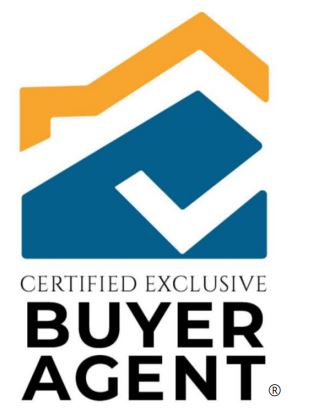Tips for Buying a Home After a Short Sale or Foreclosure
If you thought you were barred from buying a new house after a foreclosure or a short sale, the rules have changed. FHA has taken a big step toward acknowledging that the economy forced many responsible homeowners into default or bankruptcy.
Boomerang buyers are able to buy again a little sooner after FHA’s recent announcement of the Back to Work – Extenuating Circumstances exception. Homeowners that lost their homes due to a loss in employment or income, now have the ability to buy as soon as 12 months after a bankruptcy, foreclosure, short sale or a deed in lieu.
If you went through a foreclosure, you were put into a penalty box for 3 to 5 years in the past and couldn’t buy another FHA home during that period. Now under certain circumstances, you may be able to get an FHA loan again after just 12 months. The FHA went back and analyzed behaviors and found folks who lost their homes after extended unemployment or a massive drop in income don’t pose as much risk as previously thought.
If that’s your situation and you can show you’ve recovered financially and you agree to attend housing counseling you may have the normal wait of 3 to 5 years waived and you may be able to qualify again.
Meanwhile, with Fannie Mae loans, if you have a foreclosure, you are normally banned for 7 years from buying a new home. However, there was a different rule for short sales. If you cooperated with your lender, took care of your property, and got a short sale done, you were supposed to be banned only for 2 years.
However, here’s what happened. Fannie Mae discovered that the credit bureaus are so inaccurate with their data, that they were posting short sales as foreclosures on your credit report in error! They were putting you in a penalty box for 7 years and devastating your credit. So instead of facing the 2-year penalty…you were unjustly facing 7 years.
That’s why it’s so important that you go to review your credit reporting and see what’s on your reports with each of the credit bureaus.
Fannie Mae’s “fix” is that if you can provide documentation to prove you did a short sale (not a foreclosure), they’ll take you out of the penalty box after 24 months, not 84 months.
Some rebound buyers’ only credit impairment was the foreclosure. These buyers can repair their credit faster than would-be buyers whose credit history contains other issues. Either way, buyers must “get their credit house in order,” paying off or settling old accounts and bank judgments. Your first objective is that since you’re going to have to wait, make sure the rest of your credit is clean. A foreclosure remains on a credit report for seven years, though the negative impact will fade as time passes, according to myFICO.com, a website operated by the FICO credit-scoring company.
An established history of paying other bills on time can help. High current debt relative to income also can be a problem because lenders won’t approve a loan if the borrower’s debt-to-income ratio exceeds their guidelines.
The FHA requires a down payment of at least 3.5 percent of the purchase price. The minimum down payment for a conforming loan without mortgage insurance is 20 percent. The days of 100% loans are over. While you are repairing your credit you need to be saving for a down payment as well.




 Kim N. Bregman
Kim N. Bregman